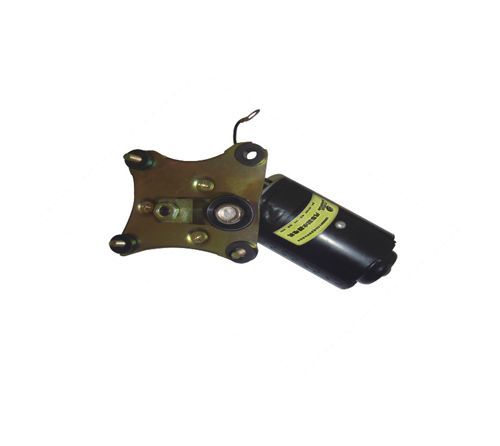


Kia wiper motor
NO CONTENT YET
+86-593-7877777 7877333
 Consult online now
Consult online now
1. Divided according to the type of power supply: it can be divided into DC motors and AC motors.
1) DC motors can be divided according to structure and working principle: brushless DC motors and brushed DC motors.
Brushed DC motors can be divided into: permanent magnet DC motors and electromagnetic DC motors.
Electromagnetic DC motors are divided into: series-excited DC motors, shunt-excited DC motors, separately-excited DC motors and compound-excited DC motors.
Permanent magnet DC motors are divided into: rare earth permanent magnet DC motors, ferrite permanent magnet DC motors and alnico permanent magnet DC motors.
2) AC motors can also be divided into: single-phase motors and three-phase motors.
2. According to structure and working principle, it can be divided into DC motors, asynchronous motors and synchronous motors.
1) Synchronous motors can be divided into: permanent magnet synchronous motors, reluctance synchronous motors and hysteresis synchronous motors.
2) Asynchronous motor can be divided into: induction motor and AC commutator motor.
Induction motors can be divided into three-phase asynchronous motors, single-phase asynchronous motors and shaded-pole asynchronous motors.
AC commutator motors can be divided into: single-phase series motors, AC and DC motors and repulsion motors.
3. According to the starting and operating modes, it can be divided into: capacitor-starting single-phase asynchronous motor, capacitor-operating single-phase asynchronous motor, capacitor-starting single-phase asynchronous motor and split-phase single-phase asynchronous motor.
4. According to the purpose, it can be divided into: drive motor and control motor.
1) Drive motors can be divided into: motors for electric tools (including tools for drilling, polishing, polishing, grooving, cutting, reaming, etc.), home appliances (including washing machines, electric fans, refrigerators, air conditioners, tape recorders, and video recorders) , DVD players, vacuum cleaners, cameras, hair dryers, electric shavers, etc.) and other general small mechanical equipment (including various small machine tools, small machinery, medical equipment, electronic equipment, etc.) motors.
2) The control motors are divided into stepping motors and servo motors.
5. According to the structure of the rotor can be divided: cage induction motor (old standard called squirrel cage asynchronous motor) and wound rotor induction motor (old standard called wound asynchronous motor).
6. According to the operating speed, it can be divided into: high-speed motor, low-speed motor, constant-speed motor, speed-regulating motor. Low-speed motors are divided into gear reduction motors, electromagnetic reduction motors, torque motors and claw-pole synchronous motors.
Speed regulating motors can be divided into stepped constant speed motors, stepless constant speed motors, stepped variable speed motors and stepless variable speed motors, but can also be divided into electromagnetic speed regulating motors, DC speed regulating motors, PWM variable frequency speed regulating motors and Switched reluctance speed motor.
The rotor speed of an asynchronous motor is always slightly lower than the synchronous speed of the rotating magnetic field.
The rotor speed of a synchronous motor has nothing to do with the size of the load and always maintains a synchronous speed.